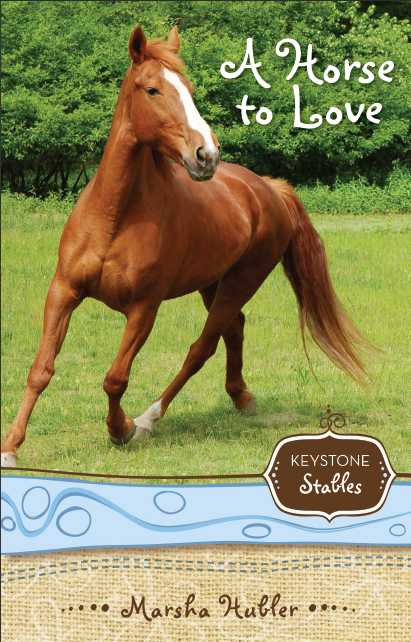Writers’ Tip: Creative Nonfiction
Here I am again after one very early 10-inch surprise snowstorm in central PA and a lot of tree damage later. The weather warmed up yesterday and melted practically all of the white stuff, leaving a lot of downed limbs for my hubby to clean up.
For this blog, I thought I’d share some valuable nonfiction tips for you who like writing in that genre. Thanks to author Patti Souder, who spoke at our Susquehanna Valley Writers Workshop on October 8th, we have some tips to share with you folks who like to dabble with nonfiction genres.
 Patti has been writing articles, drama sketches, and nonfiction books for over 20 years. She also has taught creative writing on the college level, so her suggestions are well worth noting.
Patti has been writing articles, drama sketches, and nonfiction books for over 20 years. She also has taught creative writing on the college level, so her suggestions are well worth noting.
I’ve listed the highlights of her one workshop session entitled “Creative Nonfiction: An Oxymoron?” So if you’re a nonfiction writer, take note of the excellent advice this experienced published author suggests.
Literary Elements Used to Create CREATIVE NONFICTION
Borrow from fiction techniques:
- Develop characters.
- Use dialogue.
- Include details.
- Adopt an effective point-of-view: use inner thoughts.
- Limit your tag lines.
Incorporate poetic elements to increase your artistry:
1. Use imagery to create sensory impressions.
2. Borrow from nature: Example – a moth beating its wings against a window can picture the frustration of helpless people when oppressed by authority.
3. Use metaphors
4. Vary your rhythm, style, and length of sentences.
Important Elements to Remember
Creative nonfiction is NONFICTION:
- Be factual.
- Anchor your manuscript in real experience.
- Do your research.
Creative nonfiction requires PERSONAL PRESENCE:
- Go beyond mere facts.
- Add your voice.
- Share personal perspectives and reflections.
- But remember that your writing MUST be grounded in actual experiences.
Don’t avoid challenges:
- If you’ve written the truth, let the challenges come.
- Be ready to back your manuscript with research findings, testimonies, and recorded facts.
So, there you have some excellent tips on writing “creative nonfiction.” Whether it be drama, personal interest articles, drama sketches, or biographies, you can make your writing come alive with a fiction spark if you incorporate some fiction techniques in your nonfiction work! Just remember, your nonfiction can get “weighed down” if you use boring techniques. Spruce it up with some hints from an experienced published author!
Next time we’ll discuss how to handle those nasty rejections from those editors at the publishing companies.
Happy writing!
Marsha





